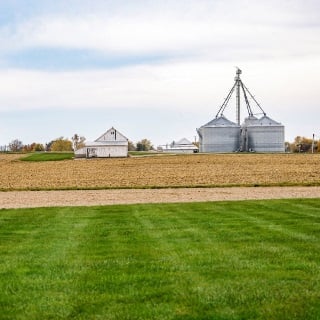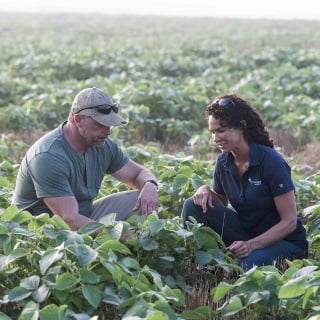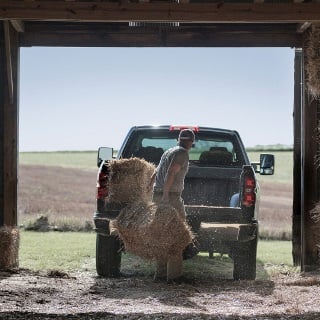Spring is coming and bringing with it a host of decisions for producers. One of those: the crop insurance and Farm Bill election deadlines, both coming up March 15.
To educate customers on what they need to know as they make those important choices, Farm Credit Mid-America recently hosted a discussion with Alex Offerdahl, head of the crop insurance division at economic consulting firm Watts & Associates, and crop insurance specialist Chase Sullivan. The speakers provided valuable insight, background and analysis producers can use to think through their options.
Producers will once again have two USDA programs to choose from: ARC (Ag Risk Coverage) and PLC (Price Loss Coverage). ARC protects growers from both a reduction in yield and price. PLC is designed to protect just from losses in price. But Offerdahl cautioned that those programs haven’t offered enough protection in recent years and suggested producers consider other crop insurance products as well.
“Very likely, unless something very catastrophic happens, neither ARC nor PLC are going to provide you very much in terms of expected coverage this year,” Offerdahl told participants on the webinar. “So, if you are counting on those programs as an important part of your risk management strategy, it’s probably time to take the ball into your own hands and instead use other tools, whether they be forward marketing or crop insurance to take some of that risk out of your equation.”
That’s where Farm Credit Mid-America can help, Sullivan said. Specialists work closely with operators to manage risk, offering a variety of crop insurance products and resources to help them make data-driven decisions tailored to their specific operations. Sullivan strongly recommended that producers look at their policies annually to ensure they have the coverage they need for the coming year.
“I can’t stress it enough to revisit your policy on an annual basis,” Sullivan said. “Remember that what you did last year isn’t necessarily the best plan for the following year.”
Offerdahl also gave webinar participants an update on the 2023 Farm Bill, which Congress will tackle this year. No public hearings have been held – most of the action is “well behind the scenes,” Offerdahl said. But discussion is expected to begin in earnest in February or March and House and Senate committee leaders have indicated a bill could be introduced in September.
The biggest issue will likely be the overall budget of the Farm Bill: “We spent about 150 percent of what we expected to in the last Farm Bill,” Offerdahl said. One issue to watch is the outdated benchmark price used to determine payouts for ARC and PLC programs. With PLC, that price reference was set during the 2018 Farm Bill discussions, using 2017 numbers.
“A huge portion of debate will be around where we set these prices,” Offerdahl said.
As the Farm Bill debates progress, Offerdahl and Sullivan encouraged producers to stay informed via local grower meetings, webinars or staying in contact with their local Farm Credit Mid-America agents.
“We take great pride in being your trusted advisors, start to finish,” Sullivan said. “We are here to help you make the best decision possible for your operation.”
To get all the information and insight from Offerdahl and Sullivan, watch the full webinar above.





